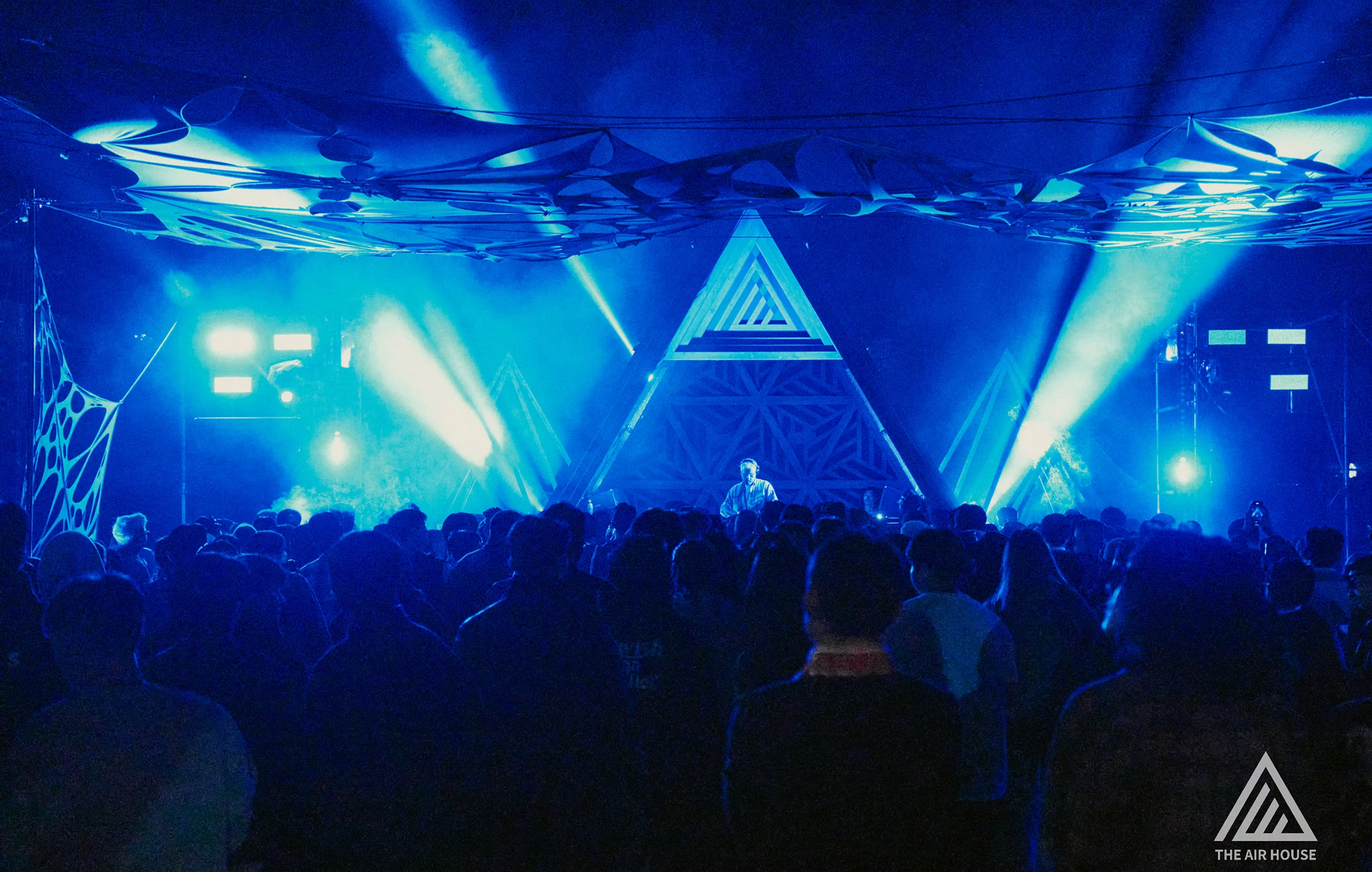
Seoul doesn’t sleep—it just changes outfits. When the sun goes down, the city turns into a neon playground with something for every kind of night owl. Whether you’re a clubhead, cocktail sipper, craft beer nerd, or someone just looking for a good vibe, Seoul’s neighborhoods each offer their own flavor of nightlife. What makes them special isn’t just the bars and clubs—it’s their roots, their people, and the energy that lingers in the air after dark. Here’s your guide to where to go, why it matters, and what kind of night you’ll find—plus a few tips to help you avoid rookie mistakes.
Hongdae: Youth, Indie, and Anything Goes
Location: Mapo-gu, anchored around Hongik University
History: In the 1990s, Hongdae became the canvas for Seoul’s underground music and art scenes. Fueled by student artists and punks, its alleys became stages, and its clubs incubators for what would become Korea’s modern indie identity.
Today: Hongdae is a magnet for creative energy—and chaos. The streets are alive with buskers, graffiti, flash mobs, and crowds of college kids, tourists, and TikTokers. It’s messy, expressive, and refuses to grow up.
Vibe: Come as you are. The crowd is young, bold, and here to dance, laugh, and overshare on Instagram. Noise is part of the charm.
Local Tips:
- Age limits are enforced. Some venues have an “under 30 only” vibe. If you’re 30+, prepare for the possibility of being turned away.
- Expats, tread lightly. Some clubs can be inconsistent or unfriendly at the door.
- Hack the system: A quick way in? Offer to buy a table or bottle service—it shows you’re serious and gets you past the velvet rope.
- Cover charges vary wildly. Cash is king here—many spots still don’t accept cards at the door.
Itaewon: International, Inclusive, and Iconic
Location: Yongsan-gu, beneath Namsan Mountain
History: Post-Korean War, Itaewon developed around the U.S. Army base and quickly grew into Seoul’s most multicultural neighborhood. It became a haven for international food, global fashion, and progressive values—especially in nightlife.
Today: It’s the go-to district for expats, tourists, queer communities, and anyone tired of K-pop and mainstream vibes. Though some classic venues have closed post-COVID, the spirit is still strong.

Main Itaewon (Central Strip): Once the first stop, now usually the second or third round for many locals. That’s where the clubs, dance floors, and louder bars kick in around midnight.
Local tips & quirks:
- Late nights get weird. Itaewon clubs often don’t hit peak until 11 – 1am. Pre-game in a chill bar, or you’ll burn out early.
- Safety can be a concern. Like any nightlife-heavy area, things get rowdy late. Stay with your group and keep your belongings secure.
- Dress the part. While Itaewon is more relaxed about style, bouncers can still turn people away for flip-flops or streetwear depending on the venue.
Gyeongnidan & Haebangchon (HBC): Where the Night Starts
Tucked behind Itaewon’s main drag and climbing up toward Namsan, the neighborhoods of Gyeongnidan and Haebangchon (HBC) have become go-to zones for first round drinks and early-evening catch-ups before descending into the neon madness of central Itaewon.
These areas are walkable, chill, and full of personality—think intimate cocktail bars, global cuisine, and rooftops with views of the Seoul Tower.
Vibe: Slightly elevated, little artsy, yet very international. More Aperol Spritz and Old Fashioned than tequila shots. The kind of place where expats run the bar and the bartenders remember your name.
Tips:
- Dinner first, party later. You’ll find global dining here—from Mexican to Moroccan, Italian to Indonesian.
- Great for a first date or pregame. Many people start here and migrate to Itaewon proper around 11PM.
- Cocktail scene is strong. From whiskey bars to Korean spirit specialists, these streets mix some of Seoul’s best drinks.
Gangnam: Sleek, Chic, and Status-Driven
Location: South of the Han River, spanning neighborhoods like Gangnam Station, Apgujeong, and Cheongdam
History: Once sleepy farmland, Gangnam underwent rapid development in the 1970s and ‘80s, becoming Korea’s poster child for wealth, education, and image-driven culture. The global success of “Gangnam Style” in 2012 only solidified its identity as a playground for the stylish and successful.
Today: Gangnam is not one scene, but many. Gangnam Station is youthful and buzzing with big-name clubs and bars. Apgujeong (especially Rodeo Street) is refined and image-obsessed. Cheongdam is even more exclusive, where luxury cars, designer bags, and discreet VIP lounges set the tone.
Apgujeong: Where Looks Rule
Location: Apgujeong Rodeo is a short walk from Cheongdam Station, and forms part of the broader Apgujeong district in Gangnam.
Apgujeong is ground zero for Seoul’s plastic surgery clinics, luxury cafes, and quiet wealth. Since 2022, Rodeo Street has arguably become Seoul’s hippest drinking neighborhood. What once was a fashion and boutique retail strip has evolved into a curated nightlife zone filled with sleek cocktail bars, pop-up lounges, speakeasies, and designer cafés that turn into bar-lounge hybrids after dark.

Vibe: Minimalist chic. Designer-heavy. Subtle flex.
Local Tips:
- Table service is expected. If you’re not reserving or buying a bottle, you may not get in.
- Connections go far. Some of the best venues are intentionally unlisted or invite-only.
- Dress like you’re on a K-drama set. Stylish, subtle, clean lines. Avoid loud logos or streetwear.
Cheongdam: The VIP Room of Seoul
Cheongdam-dong is where celebrities, CEOs, and idols go to disappear in luxury. The clubs are fewer but ultra-high-end, offering private tables, imported liquor menus, and sometimes, no dancefloor at all—just music and mood.
Vibe: Velvet ropes, whispered names, private rooms.
Local Tips:
- Speak Korean or go with a local. Many places operate like private clubs and don’t engage walk-ins easily.
- Foreigner-friendly? Sometimes. If you’re with Korean friends or look the part (dressed, polite, spending), you’re fine.
- Don’t take photos. Privacy is sacred here—some venues strictly forbid photography.
Gangnam Station: The Commercial Pulse
Vibe: Flashier, louder, more accessible.
The area around Gangnam Station is still part of the district, but offers a more vibrant, less exclusive scene. You’ll find mega-clubs, flashy bars, and a younger office crowd letting loose after work.

Overall Vibe: High-glamour. Social currency. Control over chaos. Gangnam nightlife isn’t about losing yourself—it’s about being seen. The music is polished, the drinks are premium, and the unspoken rules run deep. If you want to understand what makes Seoul tick, spend a night here and watch the city’s curated side come to life.
Tips:
- Go early. Lines build fast on weekends.
- More expat-friendly. While not as international as Itaewon, Gangnam Station bars are easier to access than those in Apgujeong or Cheongdam.
- Expect to spend. Even “mainstream” clubs here aren’t cheap.
Seongsu: Seoul’s Brooklyn
Location: Seongdong-gu, just across the river from Gangnam
History: Seongsu was once a gritty industrial area filled with shoe factories and auto repair shops. But in the 2010s, it started attracting Seoul’s creative class—architects, designers, baristas, and photographers—who turned its vacant warehouses into workspaces, galleries, and coffee labs.
Today: It’s earned the nickname “The Brooklyn of Korea” for a reason. Seongsu is now a hub for minimalist fashion labels, artisanal bakeries, and concept cafés. If a brand is launching in Seoul, chances are the pop-up is in Seongsu. It’s not about being flashy—it’s about being ahead of the curve.

Vibe: Understated cool. Think matte interiors, curated lighting, and playlists that lean toward lo-fi, jazz, or indie synth.
Pro tip: Want to see what Seoul’s next big trend is? Walk around Seongsu on a Saturday. There’s probably a line outside an unmarked shop you’ve never heard of—and you’ll want to be in it.
Local tips & quirks:
- Instagram everything. This district is built to be looked at, softly admired, and shared.
- No clubbing here. This area’s nightlife is more wine bar with the odd warehouse rave from time to time. Come for conversation, not bottle-popping.
- Limited English. Many spots cater to locals, not tourists—so having a translation app helps.
- No loud crowds. It’s more couples and lowkey hangs than wild nights, so adjust your vibe accordingly.
Need a little more? Close by you can check out
Konkuk University
Right next door, just a short cab or subway ride east, is the Konkuk University area—also known as Kondae (건대). It’s a local-favorite drinking district, known for its student-friendly prices, neon-lit bar streets, and no-frills, high-energy atmosphere.
It’s not curated. It’s not quiet. It’s where university students go for ₩3,000 beers, grilled chicken skewers, arcade games, and loud laughter echoing through alleyways lined with soju tents and karaoke joints.
Vibe: Local, energetic, and a little rowdy. If Seongsu is your date night, Konkuk is your 2AM breakdown—messy, memorable, and full of life.
Euljiro / Jongno: Retro Seoul Meets Hipster Seoul
Location: Central Seoul, east of Myeongdong, stretching through old print-shop alleys and toward Gwanghwamun
History: Euljiro was once Seoul’s mechanical backbone—known for welding shops, print houses, and neon signs. Jongno is even older: the heart of Joseon-era Seoul and modern civil society.
Today: Young Seoulites and creatives have moved in, turning dusty alleys into some of the city’s most interesting nightlife. The old is still there—but now there’s makgeolli bars next to natural wine spots, and 70s jazz vinyl spinning next to $18 cocktails.

Vibe: Industrial, analog, and nostalgic. It’s Seoul’s answer to drinking like a local—but with better lighting.
Local tips & quirks:
- Hard to find places. Many bars don’t have signs. Use Instagram or Naver Maps for directions and door codes.
- Quietly rowdy. It feels lowkey, but the parties here go late. Be ready for multiple rounds—and cramped bar stools.
- Expect lines. Popular joints are small, so get there early or be prepared to wait outside.
Final Thoughts
Whether you want to rage in a club until sunrise or sip makgeolli by candlelight, Seoul has a neighborhood for you. Just know that each area has its own etiquette, crowd, and rhythm—and part of the fun is figuring out where you fit in. The best nights often start with one plan and end somewhere completely unexpected, under a streetlight, with tteokbokki in one hand and a new story to tell.

